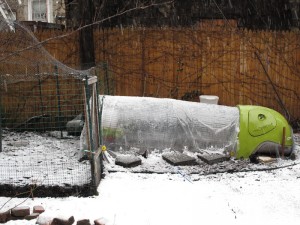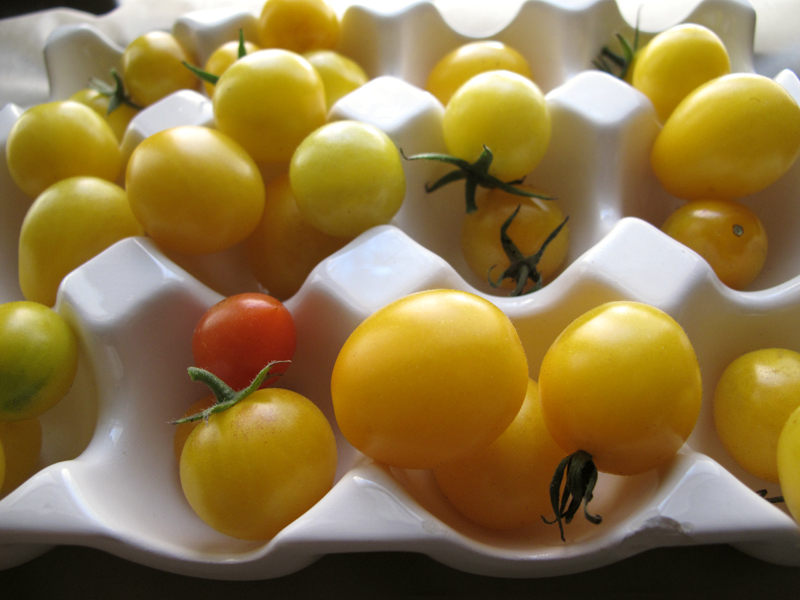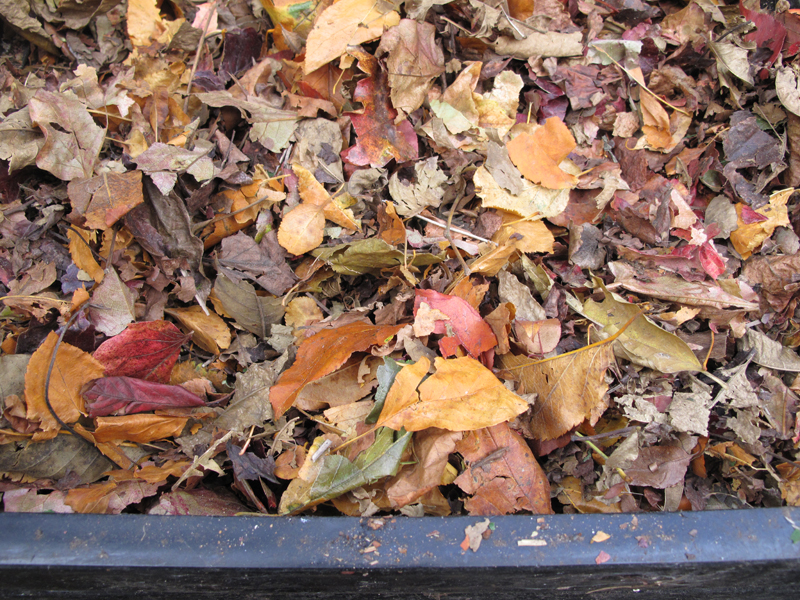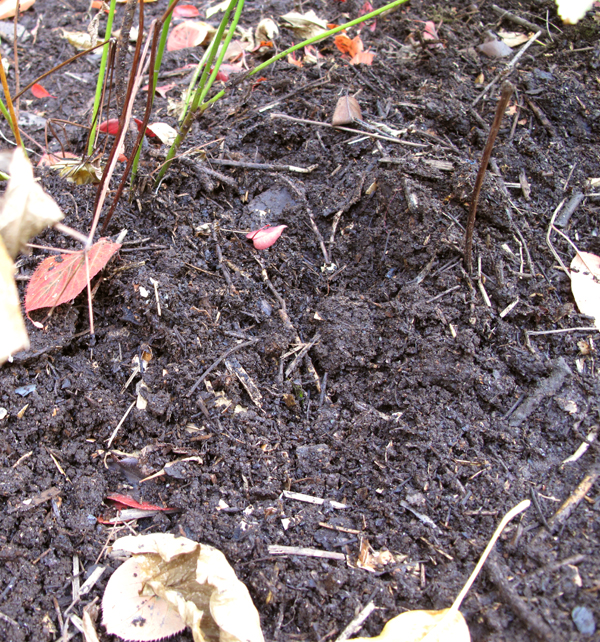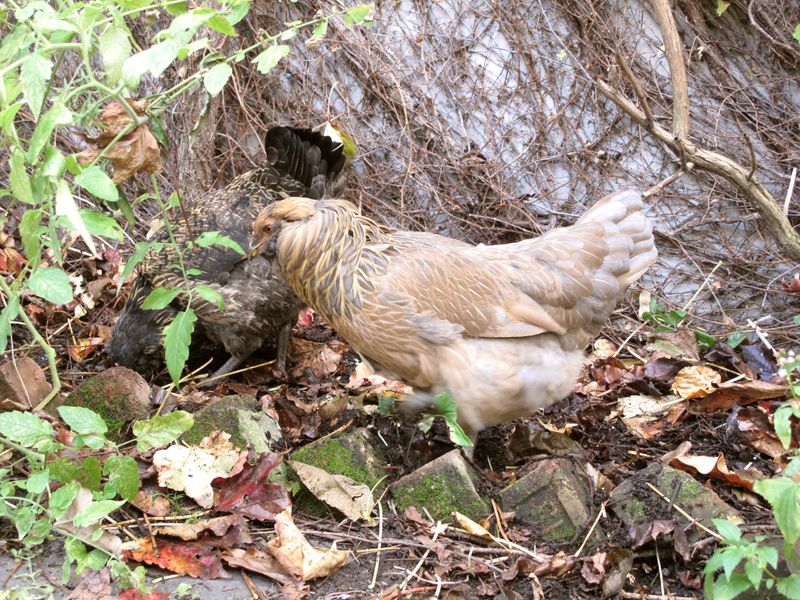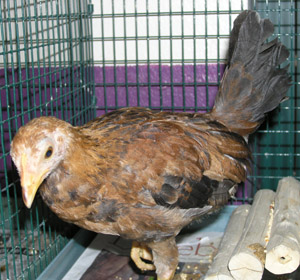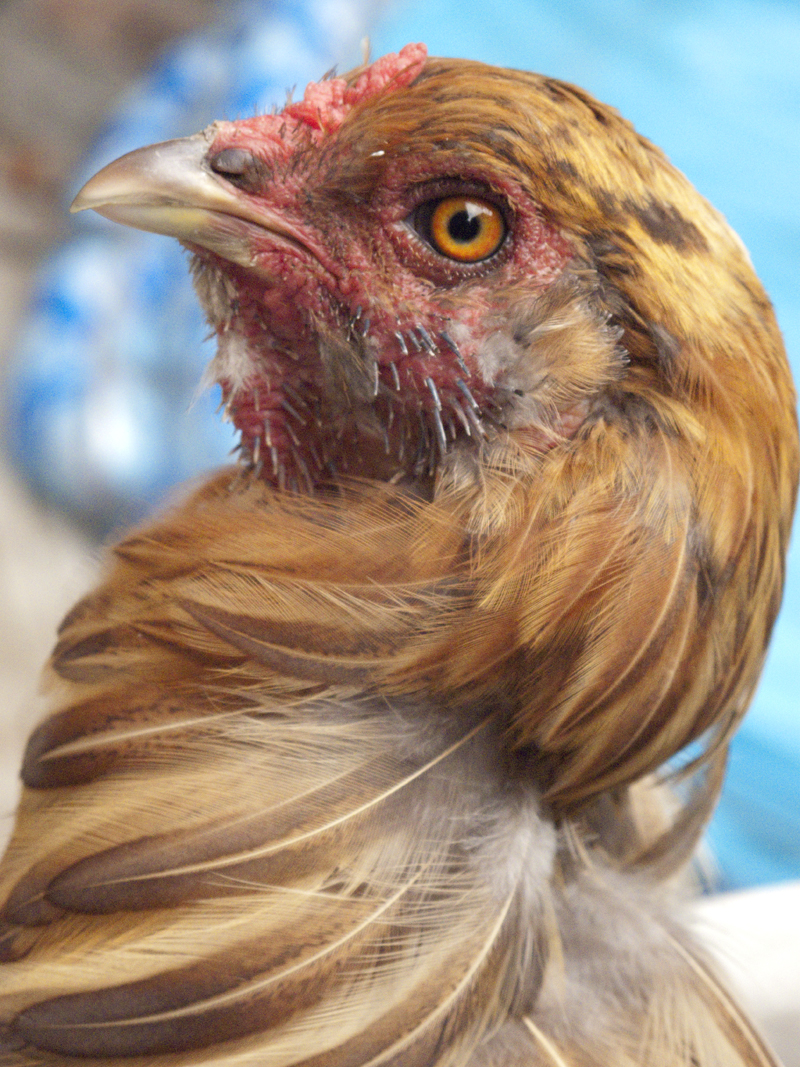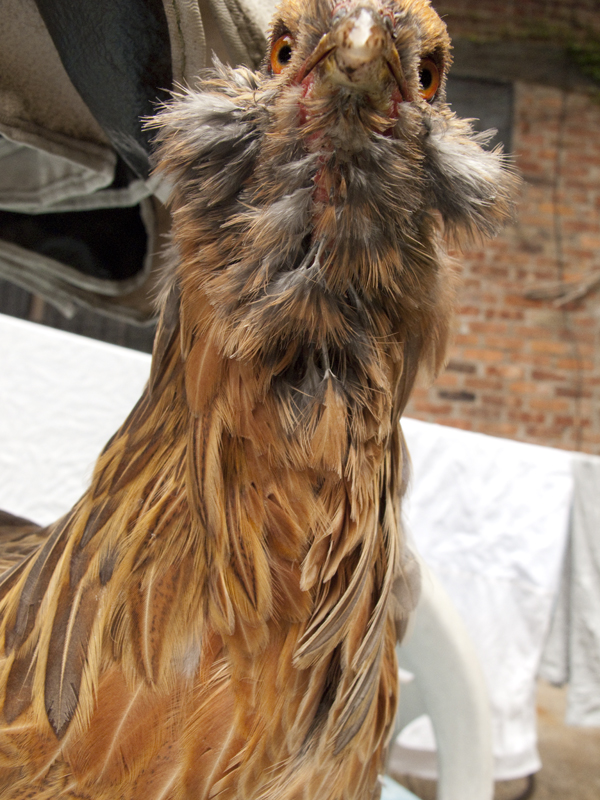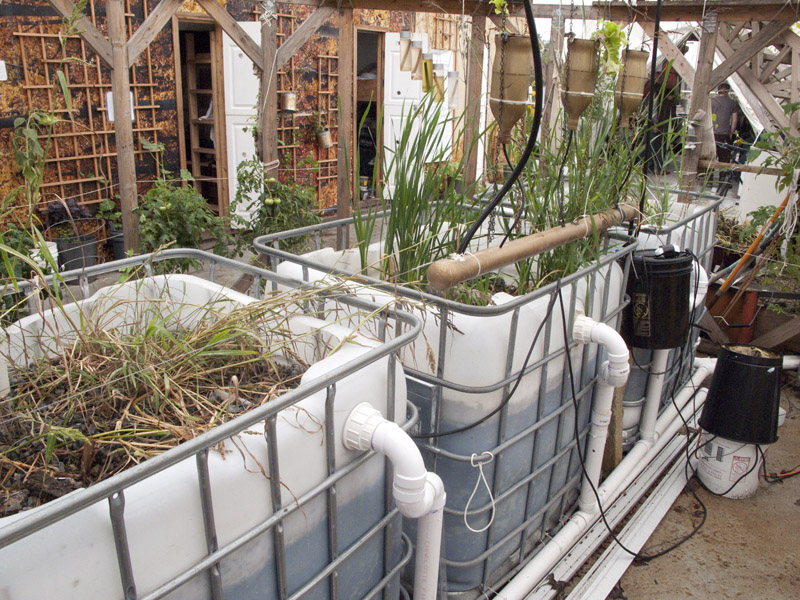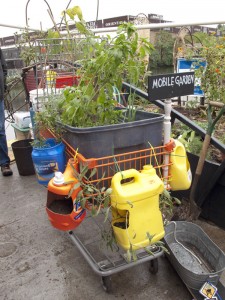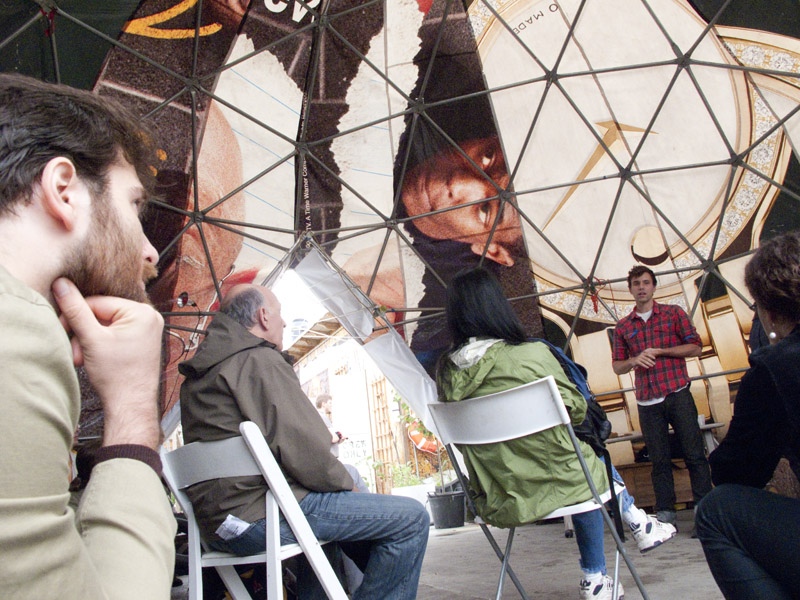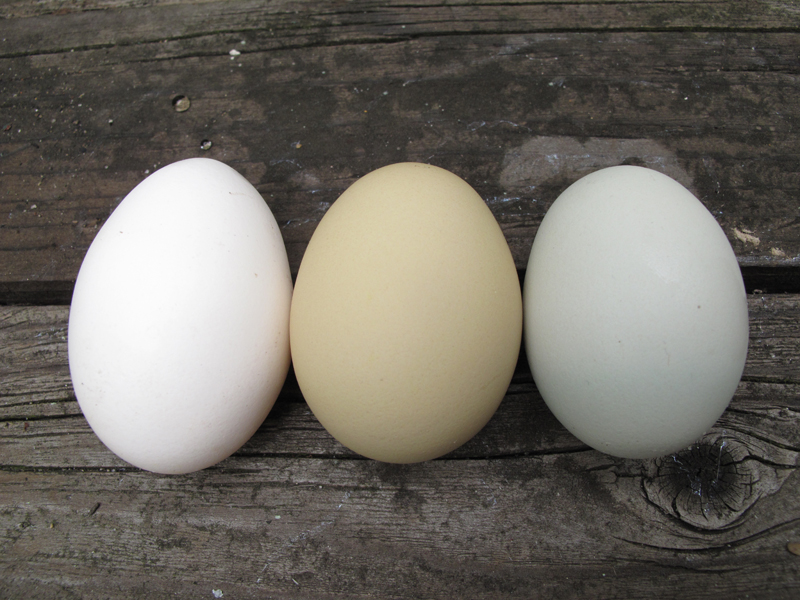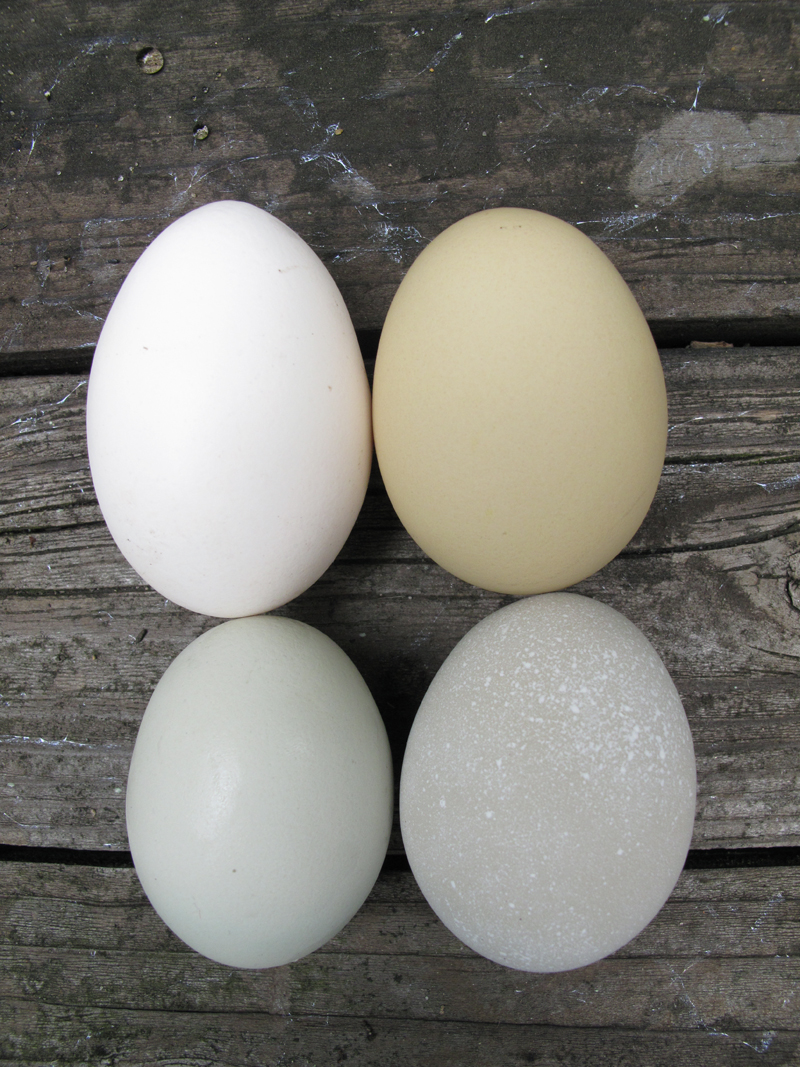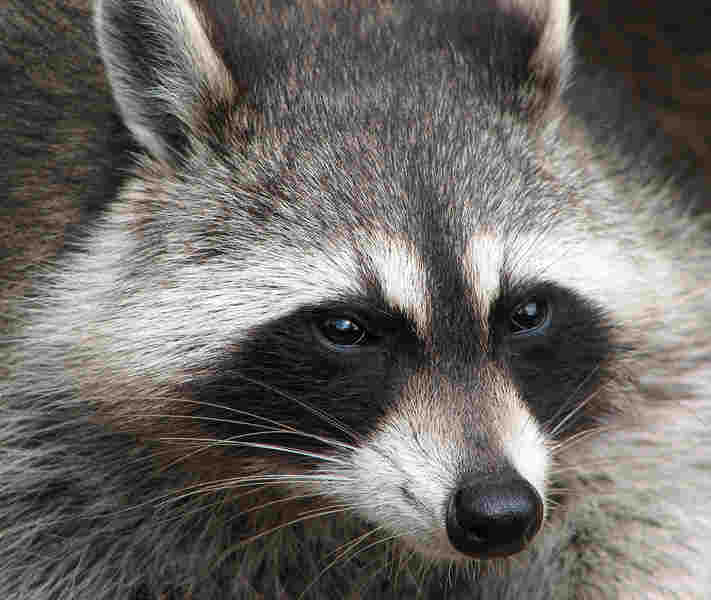
Last night we were having dinner with friends in our garden. It was about 7pm and our chickens had gone inside their coop for the night. All of a sudden there was a commotion and the hens clamored out of their coop and into the run. I have a larger run attached to their secure run that isn’t 100% predator proof. I lock the door between that run and the secure run every night. I hadn’t done it yet and I have to admit that I have forgotten entirely some nights. I had heard that there have been raccoon sightings in our Brooklyn, NY neighborhood, but never saw one myself. Until now.
I walked over to the chickens to see what was going on and standing about 5 feet away from me behind the wire run was a raccoon. It saw me and promptly flipped me the bird. It wasn’t scared of me in the slightest. The chickens ran into the larger run and were totally freaked out. Since I wasn’t scary enough to make the raccoon leave, we pulled out our garden hose and sprayed the raccoon with jets of water. It didn’t like that and climbed over the fence. About 30 seconds passed and it climbed back into the yard. We sprayed it again and it eventually went away. But it climbed on top of the secure run and tried to reach through the wire of the larger run. I’ve heard of raccoons grabbing and killing chickens by reaching into a run. Gah!
Neil threw rocks in it’s direction. He doesn’t think he hit it, but it again casually went away. Actually it scaled the 2-story building that adjoins our yard by climbing up the ivy. It kept peeking over the roof at us. Not only were the chickens freaked out, but our daughter was really upset as well. I was upset because I know that this critter is going to come back. It wasn’t afraid of us *at all*. We also live right along a very popular restaurant row, so there’s really no end to the tasty trash cans filled with food nearby.
I’ve spent the morning reading various chicken sites and doing google searches on raccoon control. I’ve come up with the following possible solutions:
1. Get a hav-a-hart trap and bait it with cat food. There are several unsavory outcomes to this solution involving relocating, drowning and shooting. Relocating wild animals is not a very successful endeavor. You are dropping your problems on someone else and the animal doesn’t know the natural resources, so can just starve to death.
2. Pee around the perimeter of your yard. I’m guessing that the raccoon, who wasn’t at all scared of me, will not be scared of our pee. And besides, I’m already the crazy chicken lady, I don’t need to add another layer to that!
3. Put down coyote urine. Yes, you can buy predator urine to discourage animals. My in-laws ordered synthesized fox urine online for a groundhog that was digging in their foundation. There’s a website called predatorpee.com. Love the internet! I’m not sure any of these raccoons have seen or smelled a coyote for the past several generations, so I’m not sure if the smell of coyote urine would register fear with them.
4. Hot sauce bombs. The mad-scientist/cook in me loves this one. You take jumbo marshmallows, poke a hole in one end and fill them with the hottest hot sauce you can find. (Wear gloves) Then scatter them around the yard. The raccoons eat them and then won’t come back. This option appeals to me for a few reasons. I like DIY aspect. I like that I’m not actually physically harming/killing the animal. And I kind of love the immature 15 year-old revenge fantasy part of it.
In any event, I’ve set an alarm to remind me that dusk is approaching and I need to lock up my hens. Raccoons generally only like to eat the chicken’s crop (filled with yummy grains), so it’s a gruesome death. Plus you get the added bonus of finding a decapitated chicken left behind.
Wish me luck! Maybe I’ll make Rice Krispy treats with the leftover marshmallows.

